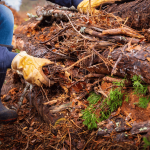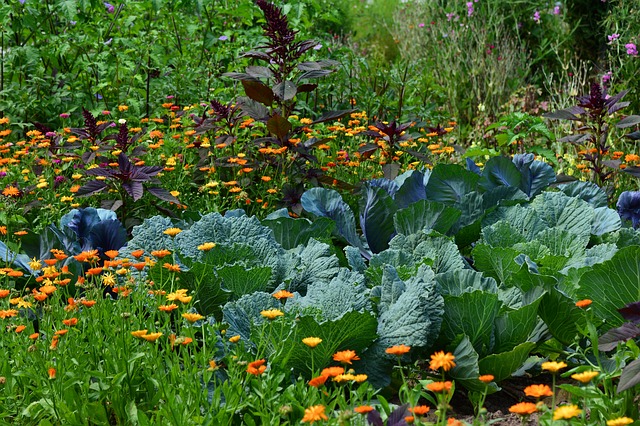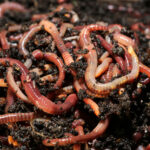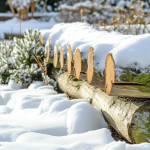Which Herbs To Plant In Hugelkultur beds
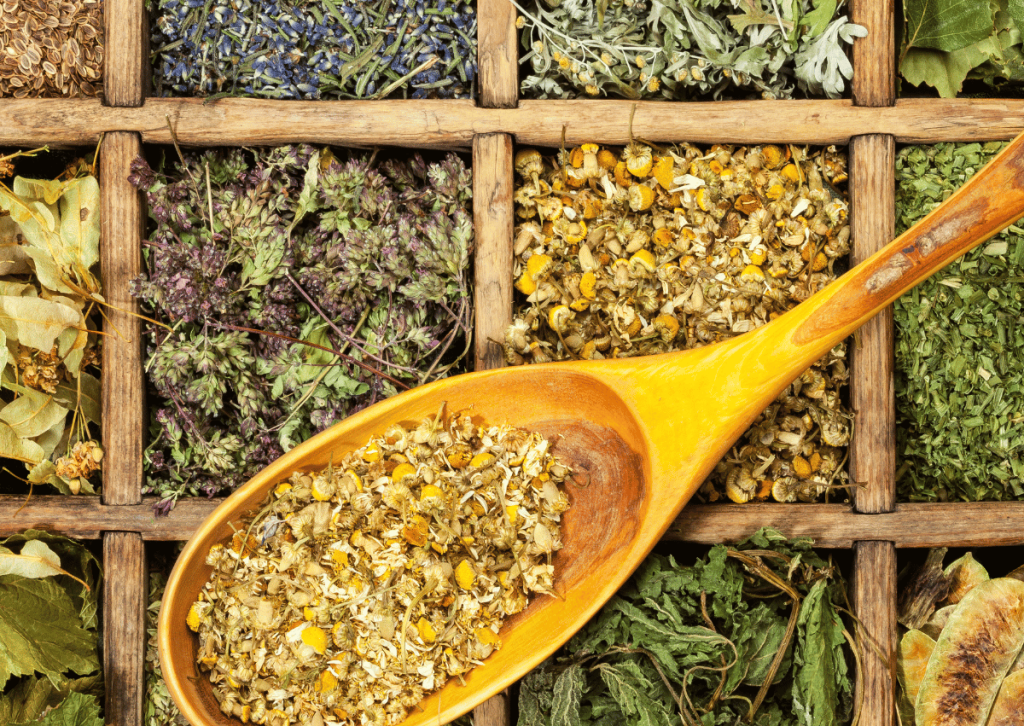
If you’re a gardener looking for a sustainable and low-maintenance way to grow your own herbs, Hugelkultur beds might be just the solution you’re looking for. Hugelkultur beds, which are also known as “mound gardens,” are a gardening technique that originated in Germany and Eastern Europe. They involve creating raised beds filled with layers of organic materials, such as logs, branches, leaves, and soil.
One of the benefits of Hugelkultur beds is their ability to retain moisture, making them ideal for wet climates like USDA zone 7, where I live. By using woody materials like logs and branches as the base of the bed, the wood acts like a sponge, soaking up and holding onto water. This can be especially useful in areas where heavy rainfall is common and excess water can be an issue.
In addition to their moisture-retention capabilities, Hugelkultur beds also offer other benefits for herb gardening. For example, the organic materials used in the beds break down over time, providing nutrients for the plants growing above. And since Hugelkultur beds are raised, they can offer better drainage and aeration than traditional in-ground beds.
In this article, we’ll focus on which perennial, annual, and biennial herbs are well-suited to grow in Hugelkultur beds, as well as some tips for planting and maintaining these types of beds.
Perennial herbs for Hugelkultur beds
Perennial herbs are a great choice for Hugelkultur beds, since they can provide year-round beauty and flavor without needing to be replanted each year. Here are some of the top perennial herbs to consider for your Hugelkultur beds in wet climates like USDA zone 7:
Mint for Hugelkultur beds
Mint (Mentha spp) is a hardy perennial herb that can spread quickly, making it a great choice for filling out a Hugelkultur bed. It’s also a versatile herb that can be used in everything from tea to desserts to savory dishes. To keep mint from taking over your Hugelkultur bed, consider planting it in a container and placing the container in the bed.
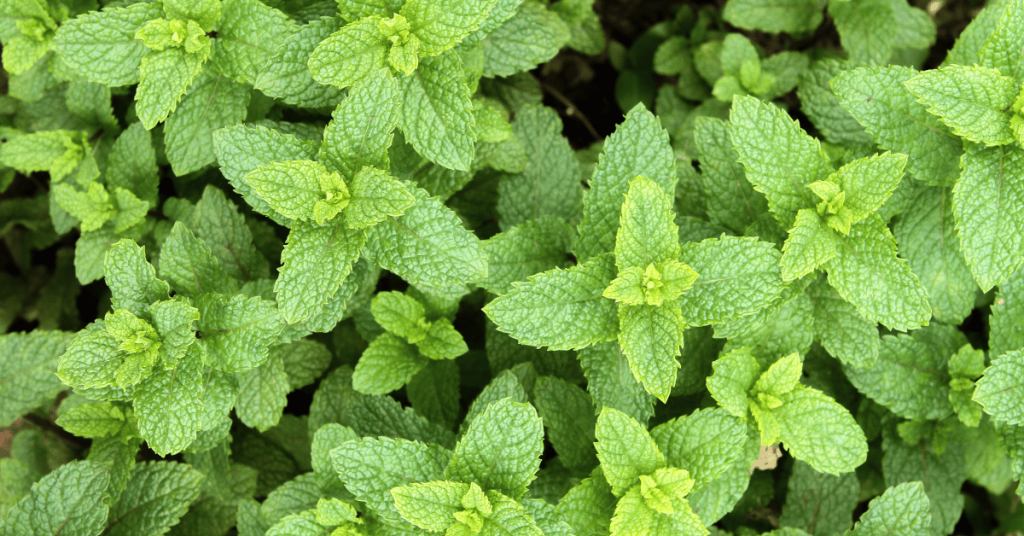
5 Things to Know About Mint (Mentha)
- Different Types: Mint, also known as “spearmint,” “peppermint,” or “applemint,” belongs to the Lamiaceae family and has over 25 different species.
- Propagation: Mint is a fast-growing perennial plant that can be propagated through stem cuttings or root division.
- Growing Conditions: Mint thrives in moist and well-draining soil with partial shade to full sun exposure.
- Companion Planting: Mint is an excellent companion plant for cabbage, tomatoes, and carrots, as it repels pests and attracts beneficial insects.
- Uses: Whether used for garnishing drinks, cooking, or medicinal purposes, mint is a valuable addition to any herb garden. Its refreshing aroma and flavor make it a popular choice for teas, cocktails, and desserts.
Thyme for Hugelkultur beds
Thyme (Thymus vulgaris) is a low-growing perennial herb that thrives in well-draining soil, making it a good fit for Hugelkultur beds. It’s a popular herb for flavoring meat dishes, soups, and stews, and it also has a reputation for attracting pollinators to the garden.
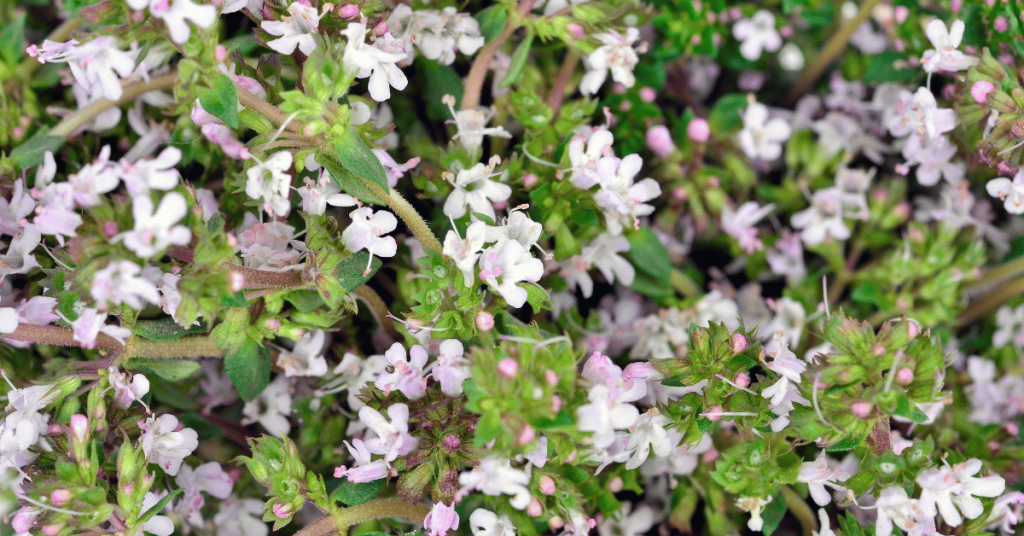
5 Things to Know About Thyme
- Description: Thyme is a perennial herb that belongs to the mint family. It has small, aromatic leaves that are used in a variety of dishes for their distinct flavor.
- Propagation: Thyme can be propagated through stem cuttings or by dividing mature plants.
- Growing Conditions: Thyme thrives in well-draining soil and requires full sun exposure. It can withstand drought and poor soil conditions, making it a hardy plant.
- Companion Planting: Thyme is a great companion plant for strawberries, tomatoes, and eggplants, as it repels pests and improves the flavor of these plants.
- Uses: Thyme is used in a variety of culinary dishes, including soups, stews, and sauces. It is also known for its medicinal properties and is used to treat respiratory and digestive issues. Additionally, its essential oil is used in aromatherapy to promote relaxation and reduce stress.
Sage for Hugelkultur beds
Sage (Salvia officinalis) is another hardy perennial herb that can thrive in Hugelkultur beds. It’s a woody, shrub-like herb that produces fragrant leaves that are commonly used in stuffing, poultry dishes, and other savory recipes.
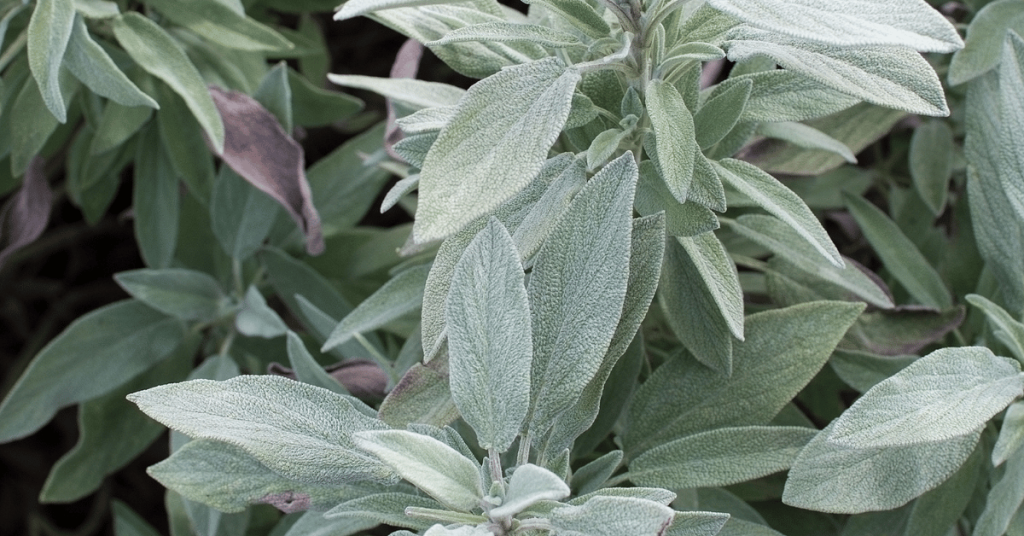
5 Things to Know About Sage
- Description: Sage is a perennial herb that belongs to the mint family. It has a distinct flavor and is commonly used in Mediterranean and Middle Eastern cuisine.
- Propagation: Sage can be propagated through stem cuttings or by division of mature plants.
- Growing Conditions: Sage prefers well-draining soil with full sun exposure, although it can tolerate some shade. It requires moderate watering and benefits from regular pruning.
- Companion Planting: Sage is a great companion plant for rosemary, thyme, and cabbage, as it repels pests and enhances the flavor of these plants.
- Uses: Sage is used in a variety of dishes, including meat and poultry dishes, stuffing, and sauces. It is also known for its medicinal properties and is used to improve digestion, reduce inflammation, and boost immunity. Additionally, its essential oil is used in aromatherapy to improve mood and reduce anxiety.
Oregano for Hugelkultur beds
Oregano (Origanum vulgare) is a perennial herb that’s well-suited to Hugelkultur beds, especially if you live in a wet climate. It’s a hardy herb that can handle a variety of growing conditions, and its leaves can be used fresh or dried in a wide range of dishes, from Italian pasta sauces to Greek salads.
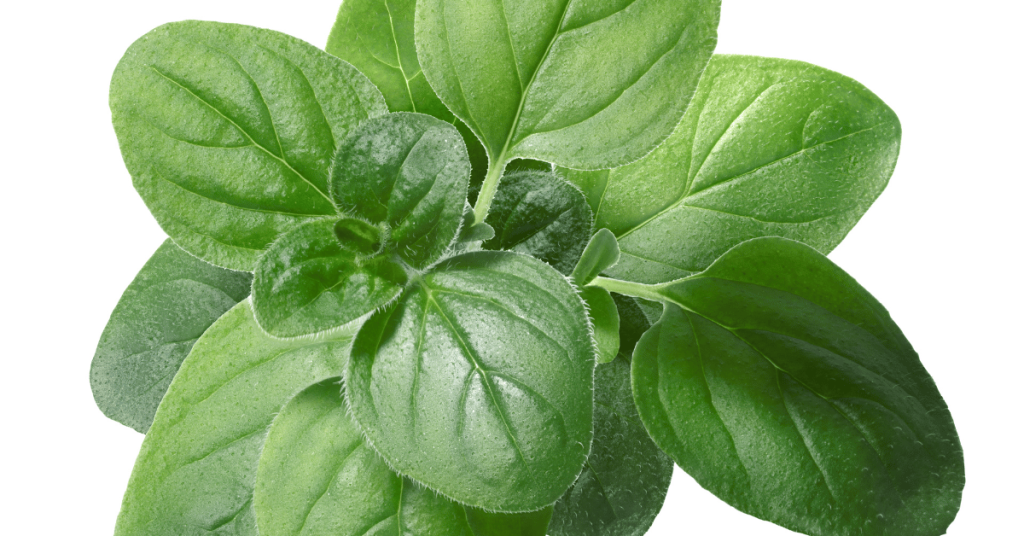
5 Things to Know About Oregano
- Description: Oregano (Origanum vulgare) is a perennial herb that belongs to the mint family. It has small, oval-shaped leaves with a pungent flavor and aroma.
- Propagation: Oregano can be propagated through stem cuttings or by division of mature plants.
- Growing Conditions: Oregano prefers well-draining soil with full sun exposure, although it can tolerate some shade. It requires moderate watering and benefits from regular pruning.
- Companion Planting: Oregano is a great companion plant for peppers, tomatoes, and eggplants, as it repels pests and enhances the flavor of these plants.
- Uses: Oregano is used in a variety of dishes, including pizza, pasta, and meat dishes. It is also known for its medicinal properties and is used to treat respiratory and digestive issues. Additionally, its essential oil is used in aromatherapy to improve mood and reduce stress.
Rosemary for Hugelkultur beds
Rosemary (Salvia rosmarinus (pre 2017 known as: Rosmarinus officinalis))is a woody, perennial herb that can add a Mediterranean flair to your Hugelkultur bed. It’s known for its aromatic leaves, which can be used to flavor meats, bread, and roasted vegetables.

5 Things to Know About Rosemary
- Description: Rosemary is a perennial herb that belongs to the mint family. It has needle-like leaves with a pungent aroma and flavor.
- Propagation: Rosemary can be propagated through stem cuttings or by layering mature plants.
- Growing Conditions: Rosemary prefers well-draining soil with full sun exposure. It requires moderate watering and benefits from regular pruning.
- Companion Planting: Rosemary is a great companion plant for beans, carrots, and cabbage, as it repels pests and enhances the flavor of these plants.
- Uses: Rosemary is used in a variety of dishes, including roasted meats, soups, and sauces. It is also known for its medicinal properties and is used to improve memory and concentration. Additionally, its essential oil is used in aromatherapy to reduce stress and improve relaxation.
When planting perennial herbs in your Hugelkultur bed, be sure to consider the specific growing conditions of each herb. Some herbs, like thyme and oregano, prefer well-draining soil, while others, like mint and sage, can handle slightly wetter conditions.
Perennial Herbs for Sunken Hugelkultur Beds
While raised Hugelkultur beds are a great option for wet climates like USDA zone 7, sunken Hugelkultur beds can be a better choice for areas that receive less rainfall. Sunken beds are designed to capture and retain water, making them ideal for drought-prone regions.
If you’re planning to create a sunken Hugelkultur bed, you can easily use the ones above but also consider planting Lavender:
Lavender for Hugelkultur beds
Lavender (Lavandula spica) is a perennial herb that’s prized for its fragrant flowers and soothing aroma. It prefers well-draining soil and full sun, making it a good fit for a sunken Hugelkultur bed. Lavender can be used in a variety of ways, from cooking to crafting to aromatherapy.
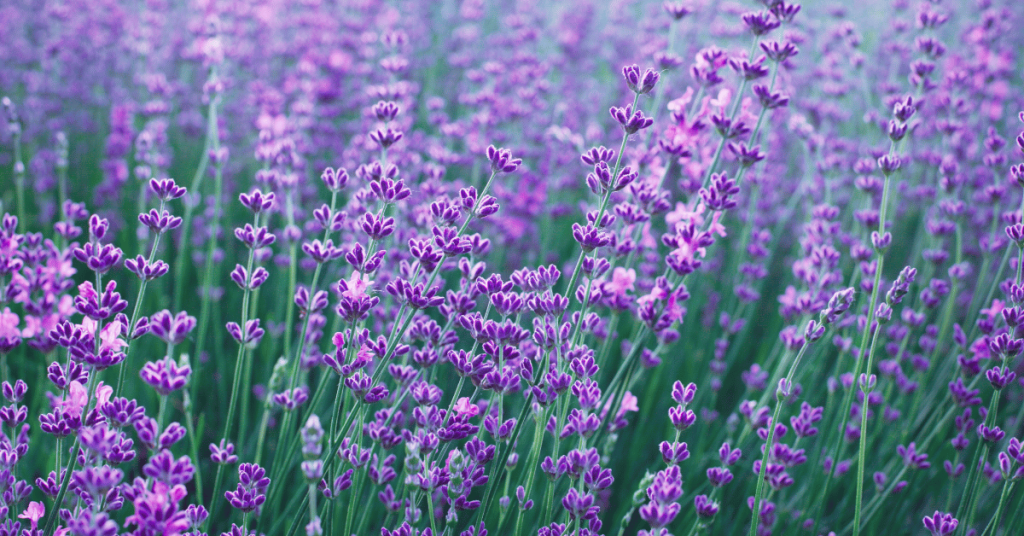
5 Things to Know About Lavender
- Description: Lavender is a perennial herb that belongs to the mint family. It has fragrant, purple flowers and a calming scent.
- Propagation: Lavender can be propagated through stem cuttings or by layering mature plants.
- Growing Conditions: Lavender prefers well-draining soil with full sun exposure. It requires moderate watering and benefits from regular pruning.
- Companion Planting: Lavender is a great companion plant for roses, tomatoes, and peppers, as it repels pests and attracts pollinators.
- Uses: Lavender is used in a variety of dishes, including desserts and teas. It is also known for its medicinal properties and is used to promote relaxation and improve sleep. Additionally, its essential oil is used in aromatherapy to reduce anxiety and promote relaxation.
Annual and biennial herbs for Hugelkultur beds
While perennial herbs are a great choice for Hugelkultur beds, there are also a number of annual and biennial herbs that can thrive in this type of garden bed. Here are my top choices for annual and biennial herbs that suit our wet climate in a USDA zone 7.
Basil for Hugelkultur beds
Basil (Ocimum basilicum) is an annual herb that’s easy to grow and adds a burst of flavor to a variety of dishes. It’s also a great herb for attracting pollinators to your garden. Consider planting basil in a sunny spot in your Hugelkultur bed, and be sure to pinch back the leaves to encourage bushy growth.
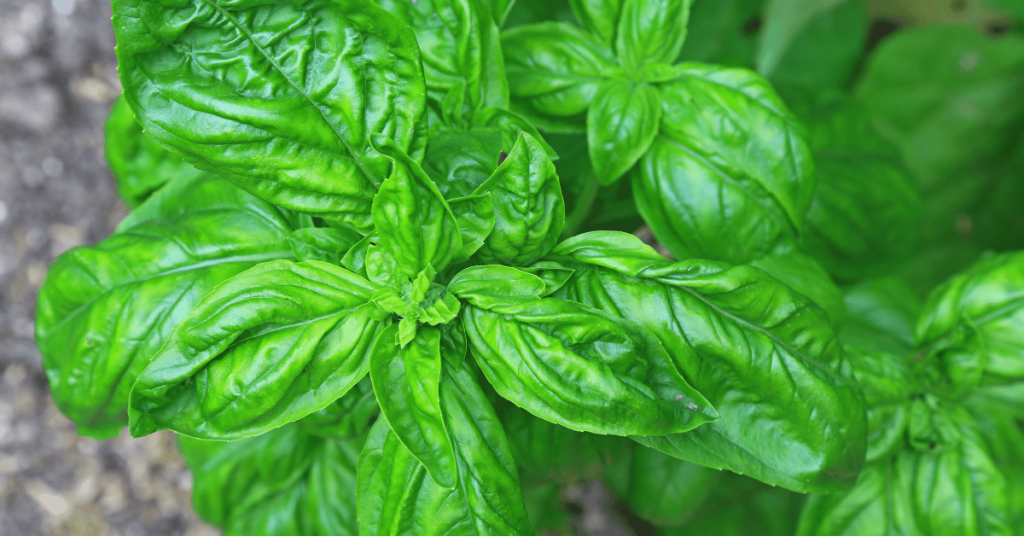
5 Things to Know About Basil
- Description: Basil is an annual herb that belongs to the mint family. It has fragrant, oval-shaped leaves with a sweet and spicy flavor.
- Propagation: Basil can be propagated through stem cuttings or by seed.
- Growing Conditions: Basil prefers well-draining soil with full sun exposure. It requires moderate watering and benefits from regular pruning.
- Companion Planting: Basil is a great companion plant for tomatoes, peppers, and beans, as it repels pests and enhances the flavor of these plants.
- Uses: Basil is used in a variety of dishes, including pasta dishes, salads, and pesto. It is also known for its medicinal properties and is used to improve digestion and reduce inflammation. Additionally, its essential oil is used in aromatherapy to reduce stress and promote relaxation.
Coriander for Hugelkultur beds
Coriander (Coriandrum sativum) is a biennial herb that can be grown as an annual in Hugelkultur beds. It’s a staple in many Mexican and Asian dishes, and its leaves and seeds are both edible. Coriander prefers cooler temperatures, so it’s a good choice for planting in the spring or fall.
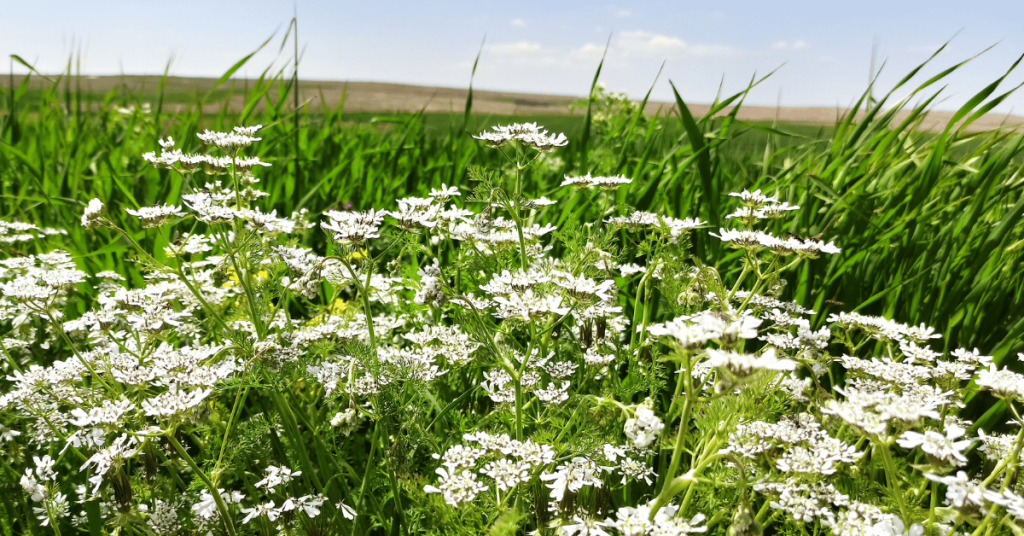
5 Things to Know About Coriander
- Description: Coriander (Coriandrum sativum) is an annual herb that belongs to the parsley family. It has delicate, lacy leaves and small, round seeds with a citrusy flavor.
- Propagation: Coriander can be propagated through seed.
- Growing Conditions: Coriander prefers well-draining soil with partial shade to full sun exposure. It requires moderate watering and benefits from regular harvesting.
- Companion Planting: Coriander is a great companion plant for spinach and chard, as it repels pests and attracts beneficial insects.
- Uses: Coriander is used in a variety of dishes, including curries, soups, and stews. It is also known for its medicinal properties and is used to improve digestion and reduce inflammation. Additionally, its essential oil is used in aromatherapy to promote relaxation and relieve stress.
Dill for Hugelkultur beds
Dill (Anethum graveolens) is another biennial herb that can be grown as an annual in Hugelkultur beds. It’s a versatile herb that’s often used in pickling, but it can also be added to salads, dips, and soups. Dill prefers well-draining soil and full sun, so be sure to plant it in a spot that gets plenty of light.
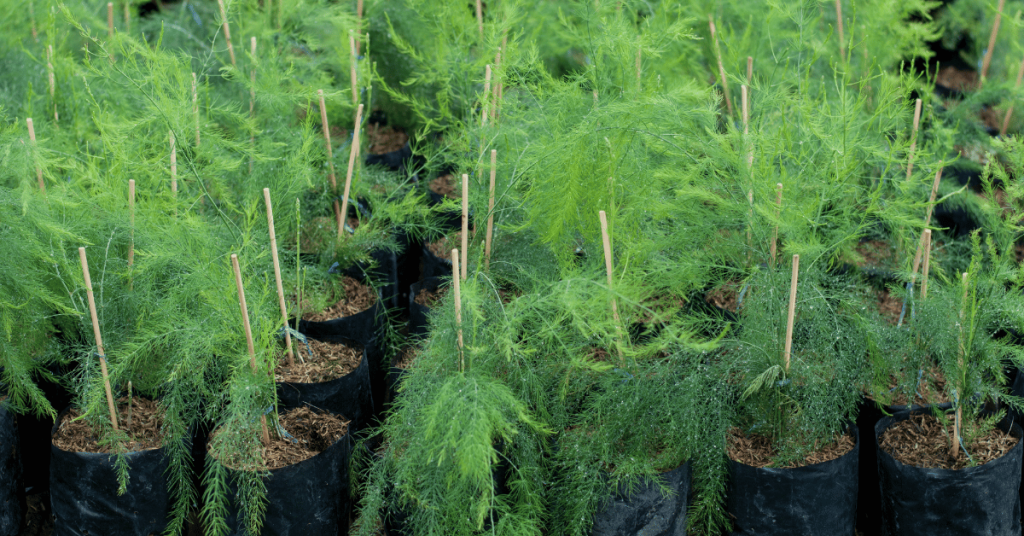
5 Things to Know About Dill
- Description: Dill is an annual herb that belongs to the parsley family. It has delicate, feathery leaves and small, oval-shaped seeds with a tangy flavor.
- Propagation: Dill can be propagated through seed.
- Growing Conditions: Dill prefers well-draining soil with full sun exposure. It requires moderate watering and benefits from regular harvesting.
- Companion Planting: Dill is a great companion plant for cucumbers, tomatoes, and lettuce, as it repels pests and attracts beneficial insects.
- Uses: Dill is used in a variety of dishes, including pickles, salads, and fish dishes. It is also known for its medicinal properties and is used to improve digestion and reduce inflammation. Additionally, its essential oil is used in aromatherapy to promote relaxation and reduce stress.
Parsley for Hugelkultur beds
Parsley (Petroselinum crispum) is a biennial herb that’s often grown as an annual. It’s a versatile herb that can be used in everything from soups to salads to meat dishes. Parsley prefers slightly moist soil and partial shade, so consider planting it in a spot that gets morning sun and afternoon shade.
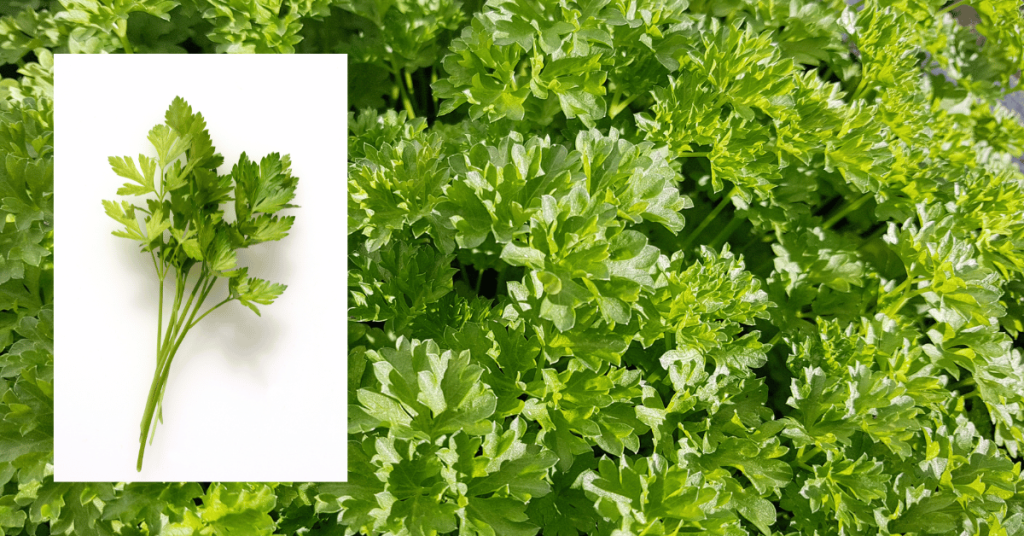
5 Things to Know About Parsley
- Description: Parsley (Petroselinum crispum) is a biennial herb that belongs to the parsley family. It has bright green, curly or flat leaves with a fresh, slightly bitter flavor.
- Propagation: Parsley can be propagated through seed.
- Growing Conditions: Parsley prefers well-draining soil with partial shade to full sun exposure. It requires moderate watering and benefits from regular harvesting.
- Companion Planting: Parsley is a great companion plant for tomatoes and peppers, as it repels pests and improves the flavor of these plants.
- Uses: Parsley is used in a variety of dishes, including soups, stews, and salads. It is also known for its medicinal properties and is used to improve digestion and reduce inflammation. Additionally, its essential oil is used in aromatherapy to promote relaxation and reduce stress.
Chives for Hugelkultur beds
Chives (Allium schoenoprasumare) a hardy perennial herb that can be grown as an annual in Hugelkultur beds. They produce delicate purple flowers in the spring and early summer, and their leaves are commonly used in egg dishes, soups, and salads. Chives prefer well-draining soil and partial shade, making them a good fit for planting on the edges of your Hugelkultur bed.
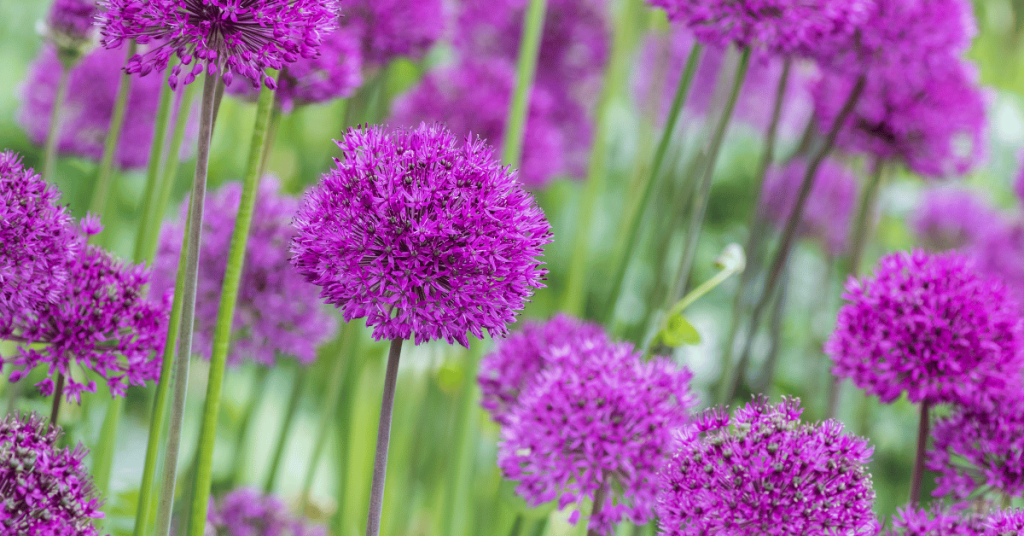
5 Things to Know About Chives
- Description: Chives is a perennial herb that belongs to the onion family. It has long, slender leaves and small, pink or purple flowers with a mild onion flavor.
- Propagation: Chives can be propagated through seed or division of existing clumps.
- Growing Conditions: Chives prefer well-draining soil with full sun exposure. They require moderate watering and benefit from regular harvesting.
- Companion Planting: Chives are great companion plants for carrots and tomatoes, as they repel pests and improve the flavor of these plants.
- Uses: Chives are used in a variety of dishes, including soups, salads, and potato dishes. They are also known for their medicinal properties and are used to improve digestion and reduce inflammation. Additionally, their essential oil is used in aromatherapy to promote relaxation and reduce stress.
When planting annual and biennial herbs in your Hugelkultur bed, be sure to consider their growing requirements, such as soil type, sun exposure, and moisture levels. With proper care, these herbs can thrive in your Hugelkultur bed and provide a bountiful harvest throughout the growing season.
How to Create a Hugelkultur Bed for Herbs
Creating a Hugelkultur bed for herbs is a straightforward process that involves using natural materials to create a raised garden bed that’s rich in nutrients and moisture. Here’s a step-by-step guide to creating your own Hugelkultur bed for herbs:
Step-by-Step Guide
Choose a location: Select a spot in your garden that receives at least six hours of direct sunlight per day and has good drainage. Hugelkultur beds can be created either above ground or sunken, depending on your needs and preferences.
Gather materials: Collect a variety of materials to build the bed, such as logs, branches, leaves, grass clippings, and compost. The logs and branches will form the base of the bed, while the leaves and grass clippings will add organic matter to the soil.
Layer materials: Begin by placing the logs and branches at the bottom of the bed, creating a base layer that’s at least one foot thick. Cover the base layer with a layer of leaves and grass clippings, followed by a layer of compost.
Add soil: Once you’ve created several layers of organic matter, add a layer of soil on top of the bed. This will provide a planting surface for your herbs.
Plant herbs: Dig holes in the soil and plant your herb seedlings or seeds, making sure to space them appropriately and water them thoroughly.
Materials Needed:
- Logs and branches
- Leaves and grass clippings
- Compost
- Soil
- Herb seedlings or seeds
- Tips for Maintaining a Hugelkultur Bed for Herbs:
Water regularly: While Hugelkultur beds are designed to retain moisture, they still require regular watering, especially during dry spells. Water deeply, but not too frequently, to avoid waterlogging the bed.
Add compost: To keep your Hugelkultur bed fertile, add a layer of compost each year to replenish the soil’s nutrients.
Mulch: Adding a layer of mulch around your herbs can help retain moisture, suppress weeds, and regulate soil temperature.
By following these steps and tips, you can create a thriving Hugelkultur bed for herbs that provides a bountiful harvest for years to come.
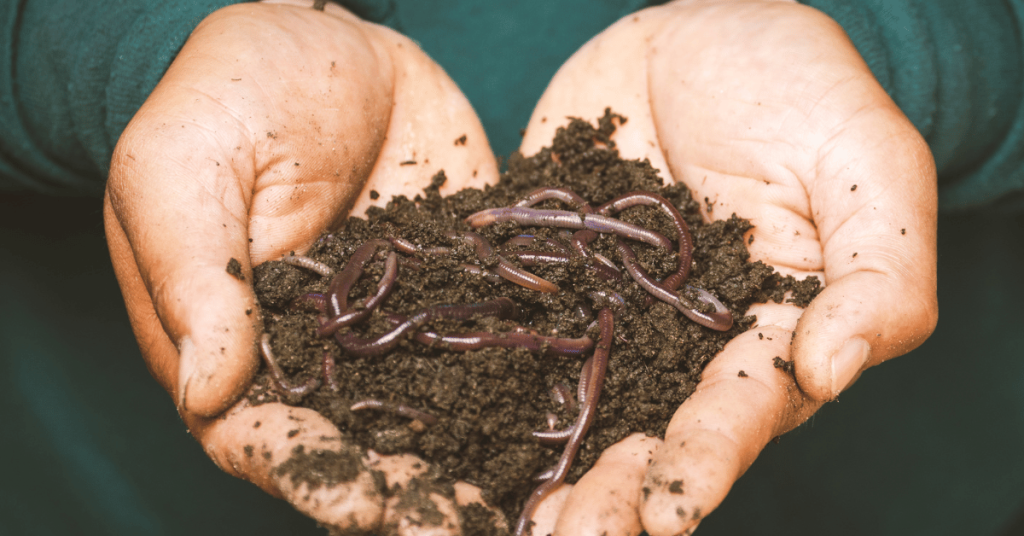
Conclusion
Hugelkultur beds are an excellent way to grow herbs in a nutrient-rich environment that retains moisture and promotes healthy plant growth. By using natural materials and following a few simple steps, you can create a Hugelkultur bed for herbs that will provide a bountiful harvest for years to come. Remember to choose the right herbs for your climate and soil conditions, and to maintain your bed with regular watering, composting, and mulching.
If you enjoyed learning about which herbs to plant in Hugelkultur beds, be sure to check out our article on which vegetables to plant in Hugelkultur beds. With the right combination of vegetables and herbs, you can create a sustainable and diverse garden that provides fresh produce and herbs year-round.
Thank you for reading, and happy gardening!

